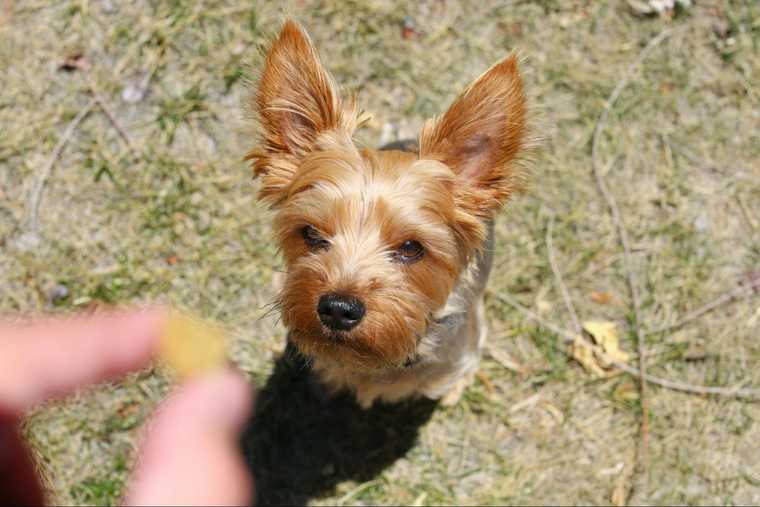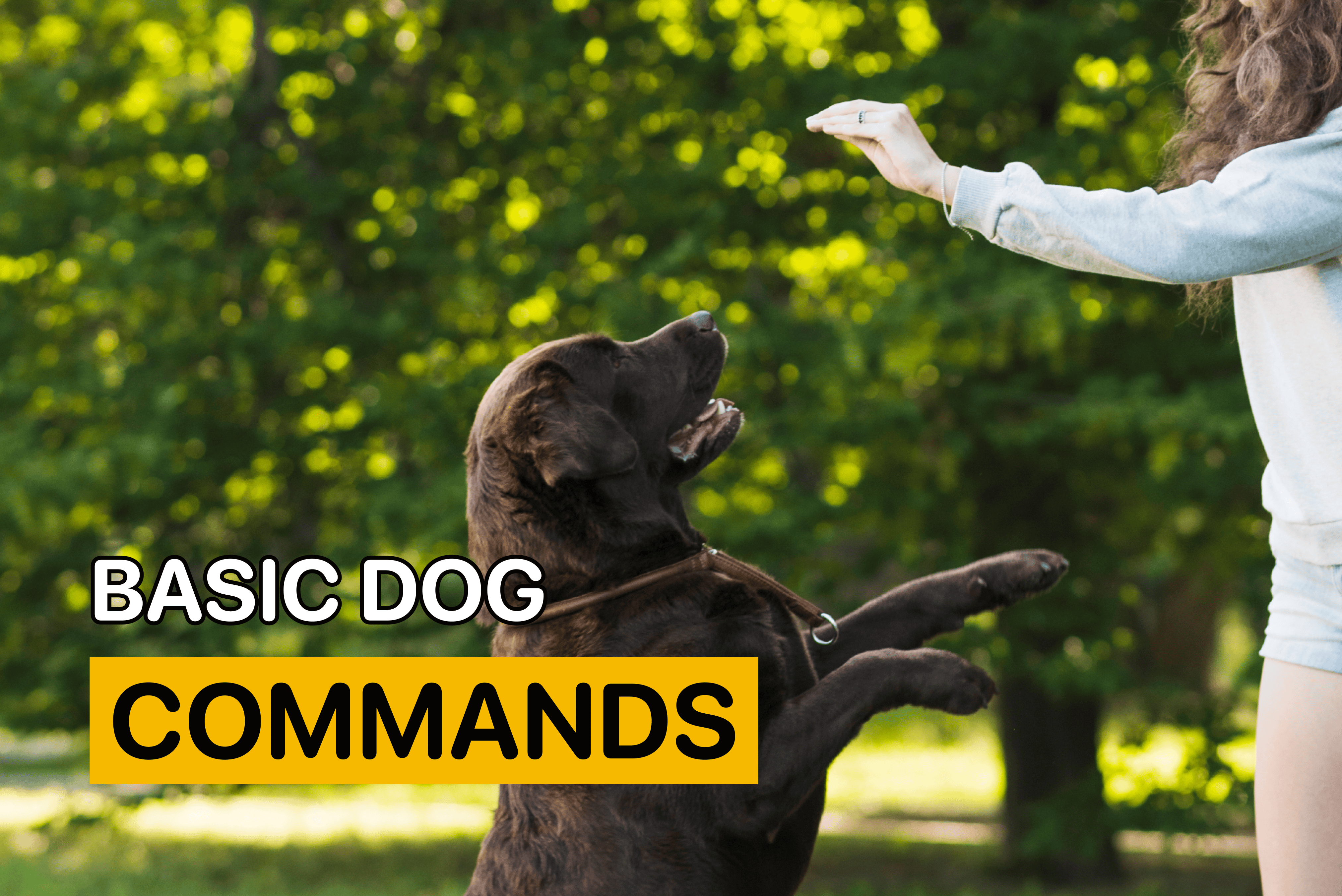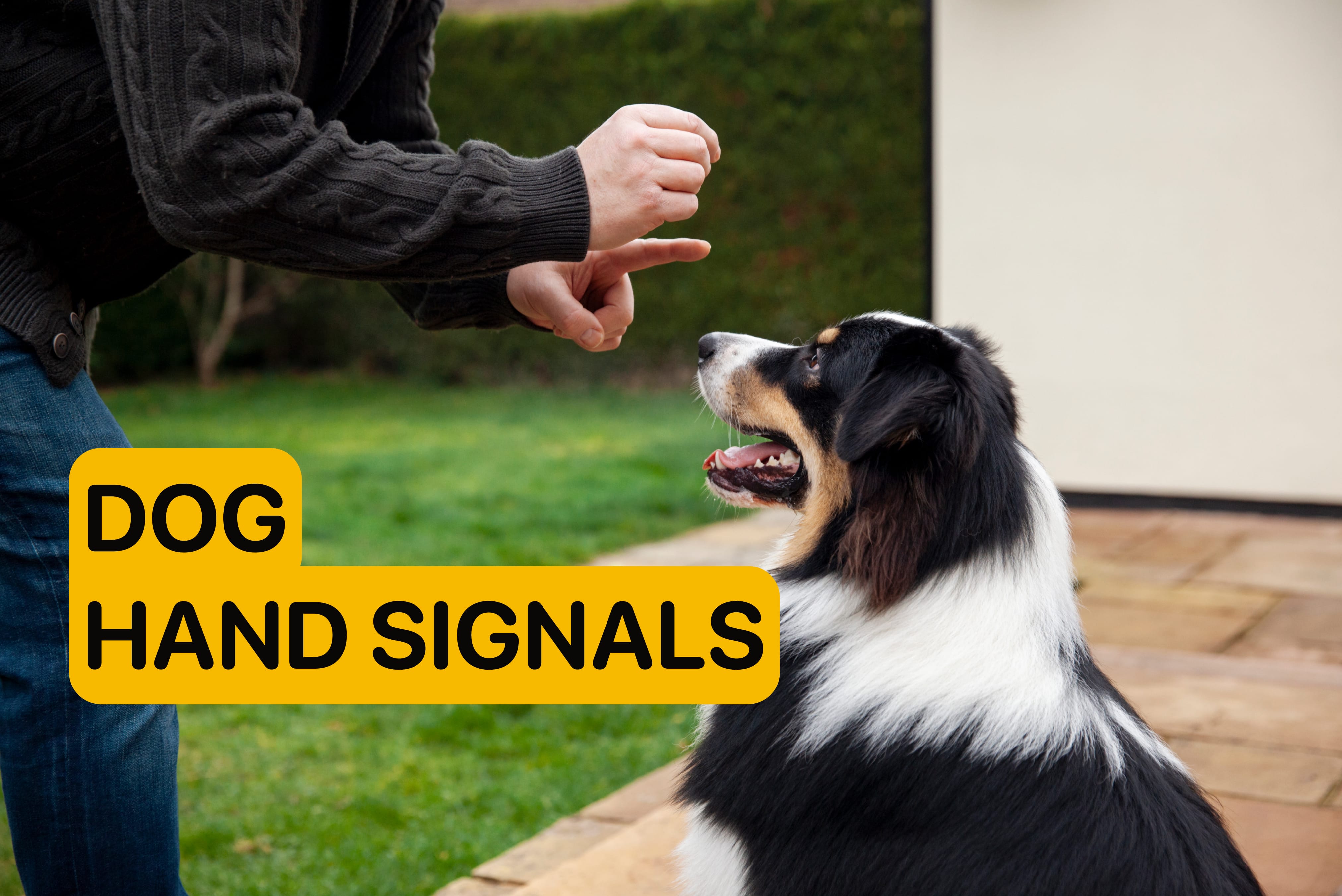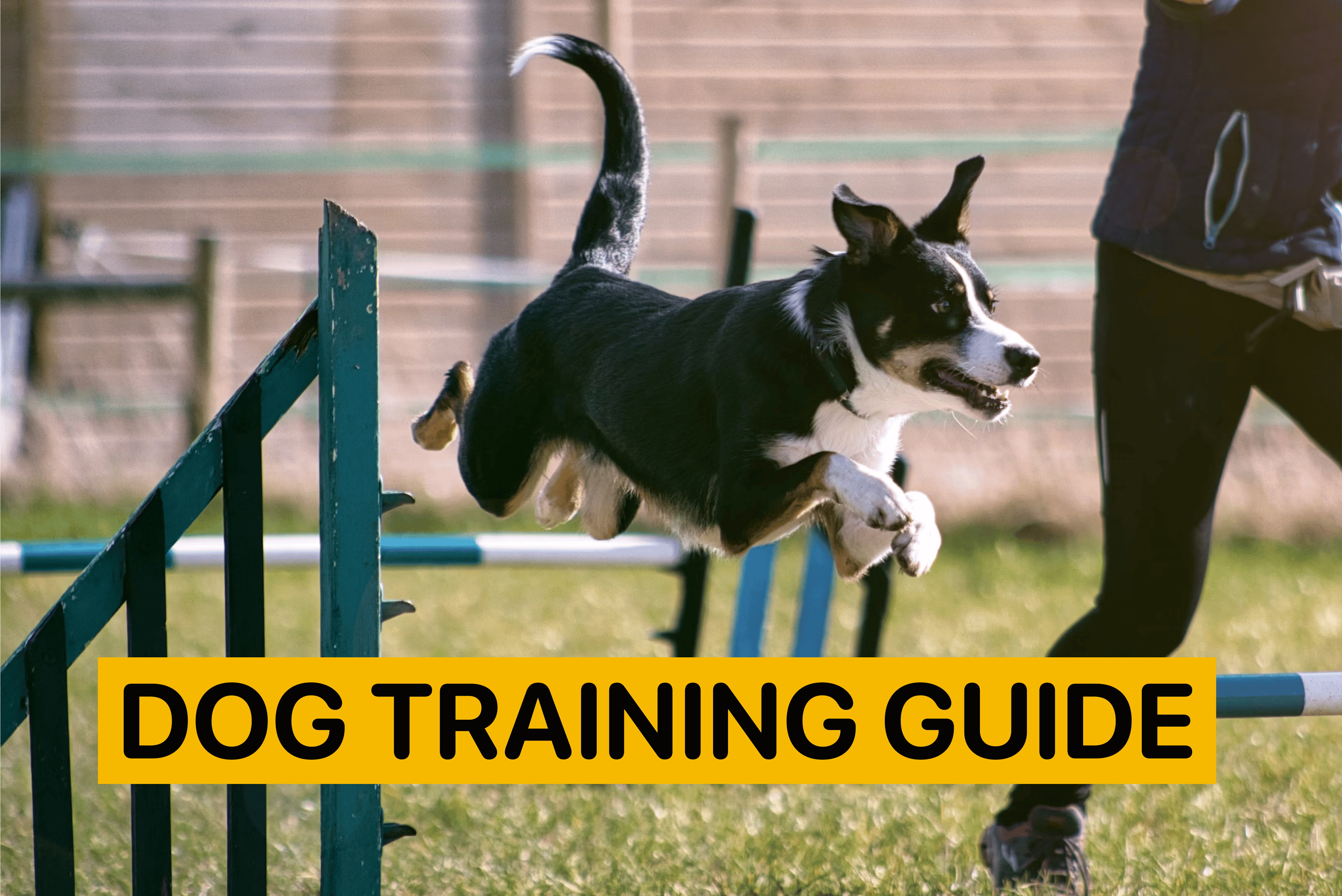How To Teach Your Dog To Come?

By
Woofz Team Updated on |Reviewed by Ela Brumm
Teaching your dog a recall (also known as “reliable call”) is essential. This potentially lifesaving skill ensures your dog’s safety in various circumstances, such as running away due to instinct. However, some owners experience difficulties training their dogs to respond consistently to being called.
The most challenging part of training your dog to come is teaching them to ignore all the exciting stimuli around and stay near their owner (check the heel command training). How can you do it? This blog post will help you learn how to teach your dog to come and avoid common pitfalls of the recall training process.
Teaching your dog new commands can be challenging. Woofz is here to help! Check out pro tips on dog training from professional experts in the field.
Before You Get Started
Before teaching your dog to come when called, pick an effective reinforcement treat. Opt for something your dog loves.
The treat can be:
- Store-bought training treats
- Meat
- Veggies (if your dog loves them)
- A toy to play with

According to Nate Shoemer, if you choose to use food as a reward, it’s a good idea to do the training before breakfast and dinner to avoid your dog overeating. Don't be afraid to alternate the treats as your training progresses.
Should You Use a Marker?
A marker is a signal a dog owner can use to indicate when a dog has displayed a desired behavior and earned reinforcement. It can be verbal praise such as “Good!” “Yes,” or a clicker. Using a marker is simple: you notice a behavior, use a marker, and reward your dog with a treat.
Ultimately, whether to use a marker while training your dog to come depends on your preference. But it’s worth noting that using a marker clarifies communication with the dog and simplifies the training process.
How To Train Your Dog To Come in 5 Steps
-
Choose a low-distraction environment for the training process, like the inside of your house or a fenced-in area like your garden.
-
Move away a few steps and call your dog's name. When your dog looks at you, say "Come!" in a friendly manner to encourage your doggo to return.
-
When your dog approaches, gently hold their collar, mark the positive behavior with a word or a clicker, and provide them with a treat of your choice.
-
Keep moving further from your dog to increase your distance. For example, you can teach your dog to respond from another room. Don’t forget to mark a response and praise the dog each time they come.
-
When your dog consistently comes when you call, you can practice the recall in a safe outdoor environment. A long training lead can be helpful if you want to practice outside but are still deciding whether to give your dog complete free range.
How To Teach Your Dog To Come With Games
Mastering the recall skill doesn’t have to be monotonous. You can make it more entertaining by introducing your dog to games.
Here are some fun activities to help your dog learn to come when you call.
Catch Me
Walk while keeping your dog on a leash and get their attention. When you ensure your dog is looking at you, turn around and run a few steps. Say “Come!” when you see your dog move with you. Stop after a few steps and reward your dog.

Find Me
After you teach your dog the recall basics, you can make the training process more fun by playing hide-and-seek. Move to another room and call your dog. When they find you, reward your dog with praise or treats. This game is excellent for mastering the recall skill and building a stronger bond between dogs and their owners.
Hot Potato
To play this game, you need two or more friends. Give all participants treats the dog will love. Next, you need to stand apart. Start taking turns to call the dog between you. Each time your doggo comes to the person calling, they should reward the behavior.
What Is a Poisoned Cue?
On the surface, teaching your dog to come when you call may seem easy. However, you should be aware of some mistakes owners can make that may hinder the training process.
One of them is “a poisoned cue”. The term refers to the unintentional, unclear cue usage that causes your dog to stop responding.
What can you do to fix the problem?
- One of the common ways to poison a cue is to overuse it. It happens when you repeat the command without your dog reacting. Replace the command you used with a different word.
For example, if you call your dog by saying “come,” you can use “here” instead. If you must choose a different verbal cue to teach your dog to recall, repeat the training process from the beginning.
-
Avoid negative associations when using a verbal cue. Call your dog and then praise them. Never call a dog to tell them off or put them back on the lead.
-
Make the reward highly valued. To practice the recall, you should pick your dog’s favorite treats and toys.
Wrap Up
Teaching your dog to come when you call is important for keeping it. The key to effective training is using the right reward to reinforce the skill. Start practicing the command in a safe environment and gradually introduce your dog to environments with more distractions. Be consistent, and your dog will master the recall in no time!


